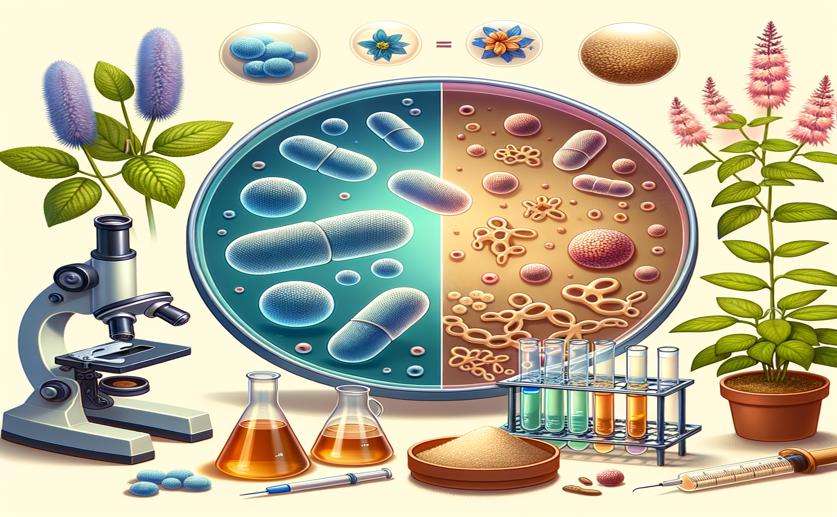
Understanding How Yeast Can Produce Two Types of Plant-Based Alkaloids
Greg Howard
3rd July, 2024

Image Source: Natural Science News, 2024
Key Findings
- Researchers from China Pharmaceutical University studied the biosynthesis of aporphine alkaloids
- They identified two cytochrome P450 enzymes, CYP80G6 and CYP80Q5, which work on different substrate configurations
- They also found two more P450 enzymes, CYP719C3 and CYP719C4, that form a critical methylenedioxy bridge in these alkaloids
- Using yeast, they successfully produced aporphine alkaloids like (R)-glaziovine and magnoflorine, showing a new way to make these compounds
References
Main Study
1) Identification of the cytochrome P450s responsible for the biosynthesis of two types of aporphine alkaloids and their de novo biosynthesis in yeast.
Published 2nd July, 2024
https://doi.org/10.1111/jipb.13724
Related Studies
2) Molecular cloning and characterization of CYP80G2, a cytochrome P450 that catalyzes an intramolecular C-C phenol coupling of (S)-reticuline in magnoflorine biosynthesis, from cultured Coptis japonica cells.
3) Characterization of two methylenedioxy bridge-forming cytochrome P450-dependent enzymes of alkaloid formation in the Mexican prickly poppy Argemone mexicana.
4) Engineering Saccharomyces cerevisiae to produce plant benzylisoquinoline alkaloids.



 7th June, 2024 | Jenn Hoskins
7th June, 2024 | Jenn Hoskins